What You Should Know About Manufacturing LiFePO4 Batteries
 Dec 20,2022
Dec 20,2022

 Basen
Basen
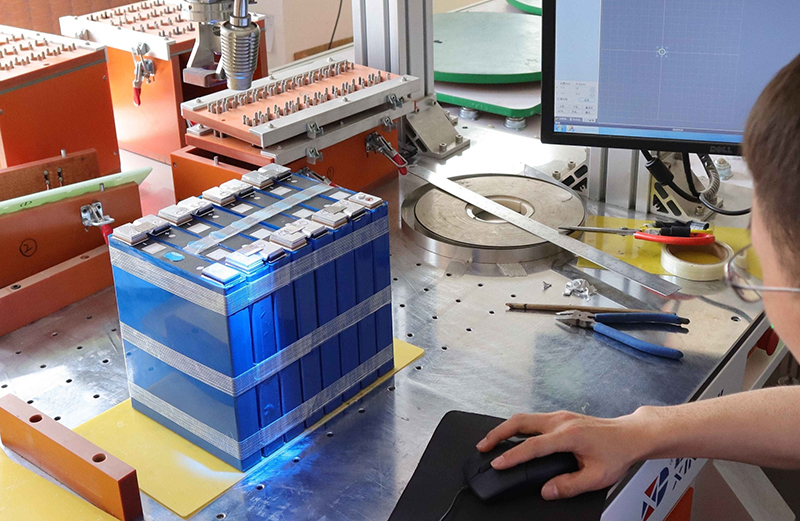
If you’re wondering how lithium batteries are made, you probably already know that they basically run our entire world. These energy-dense little pods pack a punch, and they power everything from our smartphones to our electric vehicles. If we didn’t have lithium batteries, we would spend much more time tethered to an outlet. Our cellphones might not even fit into our pockets without this technology. So how are lithium batteries made?
This article takes the mystery out of battery-making by discussing the materials, manufacturing, and assembly. Let’s begin.
What Are Lithium-Ion Batteries?
A lithium-Ion battery is an electrochemical battery that utilizes lithium ions to move electrons and generate voltage. Lithium-ion batteries are some of the most energy-dense and longest-lasting rechargeable batteries available. From cell phones to home backup power systems, these batteries are frequently the heart of portable and off-grid power systems.
There are many different types of lithium-ion batteries and here at Basengreen, we use LiFePo4 chemistry.

What Materials Are Used to Make a Lithium Battery?
Now that we’ve talked about what lithium-ion batteries are, we can discuss all their different components and materials. Let’s jump in.
Lithium Battery Cells
Believe it or not, the large lithium batteries you’ll see in boats and RVs actually consist of many smaller cells. Within each of these cells are an anode, cathode, and electrolyte. Thus, each of these cells is a battery that technically could operate on its own. Manufacturers then link them together to create the voltage needed.
A battery produces power when electrons move from the anode through the electrolyte to the cathode. An anode is typically made of some kind of oxidizing metal like graphite or zinc, while a cathode is usually made of some kind of lithium oxide.
Basically, the anode should lose electrons while the cathode should gain electrons. On the other hand, the electrolyte is usually some kind of lithium salt solution that can transport electrons. It’s this lithium salt that provides the excess electrons for the battery to operate.

Electronics and Components
So how do those individual cells connect to create a larger, more powerful battery pack? With wires and terminals, of course! Essentially, the cells connect to one another in a way that allows the electrons to flow seamlessly through the system. The positives (cathodes) connect to the negatives (anodes) through copper and aluminum terminals and wires.
Finally, within each battery pack lies a Battery Management System (BMS). This important component monitors everything from the battery’s temperature to the charging and draining of each individual cell.
Battery Casing
Last but not least, there needs to be a way to protect all of these vital parts. The battery case performs this important function. Typically made of plastic, rubber, or silicon, the tough exterior of the battery shields the cells, internal wires, and BMS from exposure to outside elements that might interfere with the battery’s function.
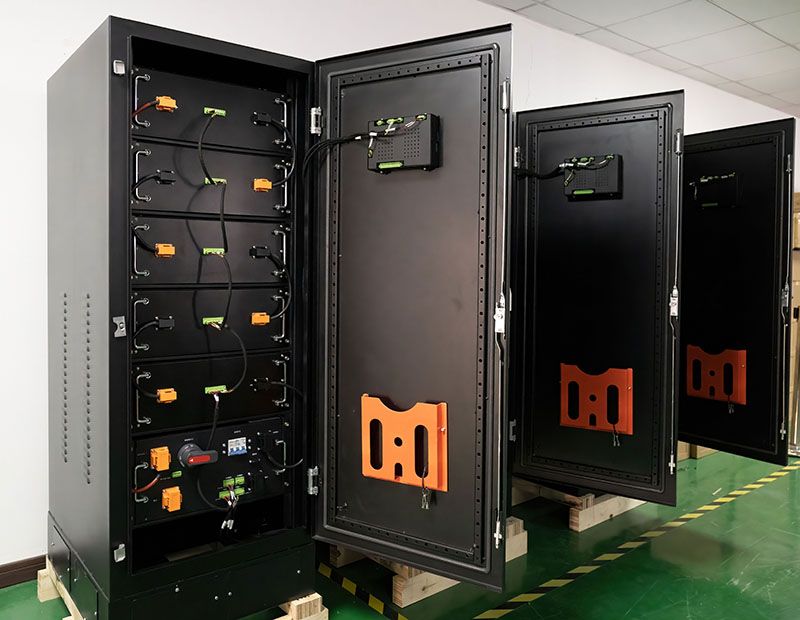
How Are Lithium Batteries Made?
Next, let’s explore the process for manufacturing lithium batteries. From cell manufacturing to the battery pack assembly, each step is meticulous to ensure both safety and reliability.
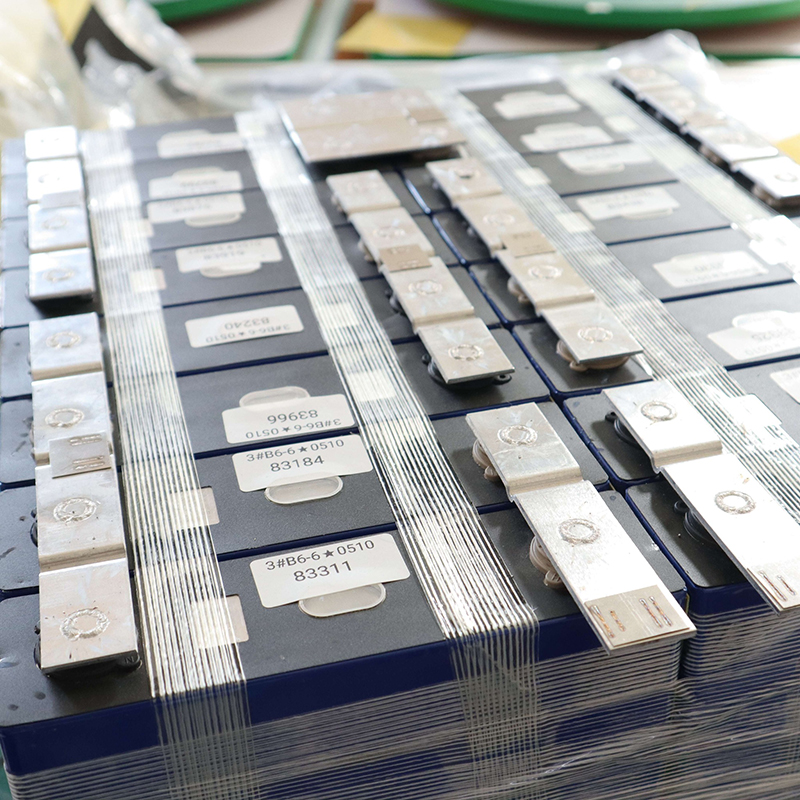
Cell Manufacturing
So how are the cells of the lithium battery made? The anode and cathode will start out separate from each other on a large assembly line. This is to prevent any cross-contamination. They both mix with a conductive binder in order to form a slurry, and then foil (aluminum for the cathode, copper for the anode) coats the anode and cathode. A special oven bakes the foil onto the electrodes.
After this, it’s time to wind the cell together and install the terminals. The manufacturer adds vents and other safety measures and puts the electrolyte in through a vacuum (it reacts to oxygen and therefore can’t have any contact with the air). Once the manufacturer closes the case, they can charge and test the cell.
Battery Pack Assembly
Now let’s look at how those individual cells go together to create a battery pack. First, the manufacturer welds the cells to plates on both the anode side and the cathode side and then assembles them into packs. The manufacturer tests the individual packs and matches them together to form the desired amp-hours (for example, 30 individual cells will create a 100Ah battery).
After this, the manufacturer assembles the packs into a case and connects them to the BMS. The manufacturer will test the battery just like they tested the individual cells and packs to ensure safety and reliability.
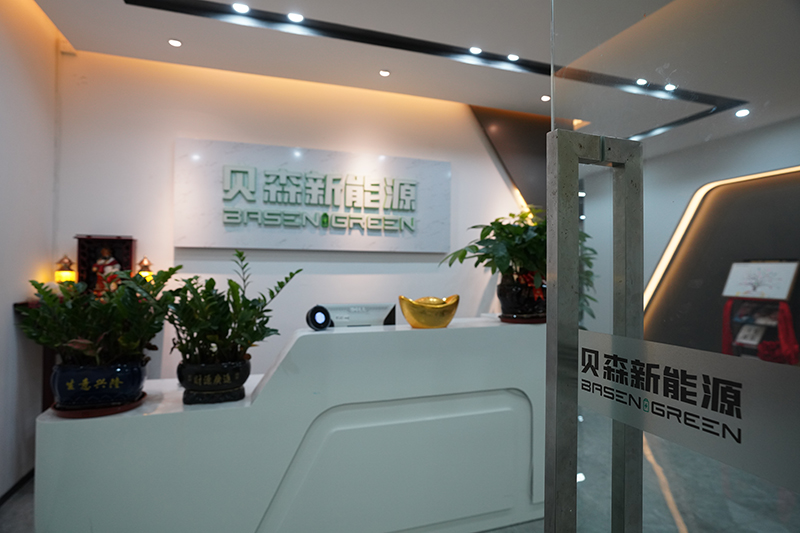
The Importance of Manufacturing Quality
Making a safe, high-performing battery requires diligence. As you probably already know, lithium batteries have major safety risks. Faulty manufacturing and improper use can increase these risks. This involves a phenomenon called thermal runaway (essentially, a fire that’s extremely hard to put out). This can happen when the cells aren’t functioning uniformly.
Not only that, but the performance of a poorly made battery will suffer. This is why it’s so important to trust your battery manufacturer. Not only do you want to get your money’s worth, but you also want to sleep well knowing your batteries are high-quality and safe.
Here at Basengreen, we pride ourselves on strict quality standards and test our cells and batteries multiple times during manufacturing. In addition, we built in a proprietary BMS that will prevent our batteries from operating in any condition that could be dangerous.

Do you have any questions about how LiFePO4 are made? Contact us on Facebook, Twitter, LinkedIn right now!








 HOME
HOME What Are The Benefits Of Lithium Iron Phosphate Batteries?
What Are The Benefits Of Lithium Iron Phosphate Batteries? 




 You May Also Like
You May Also Like


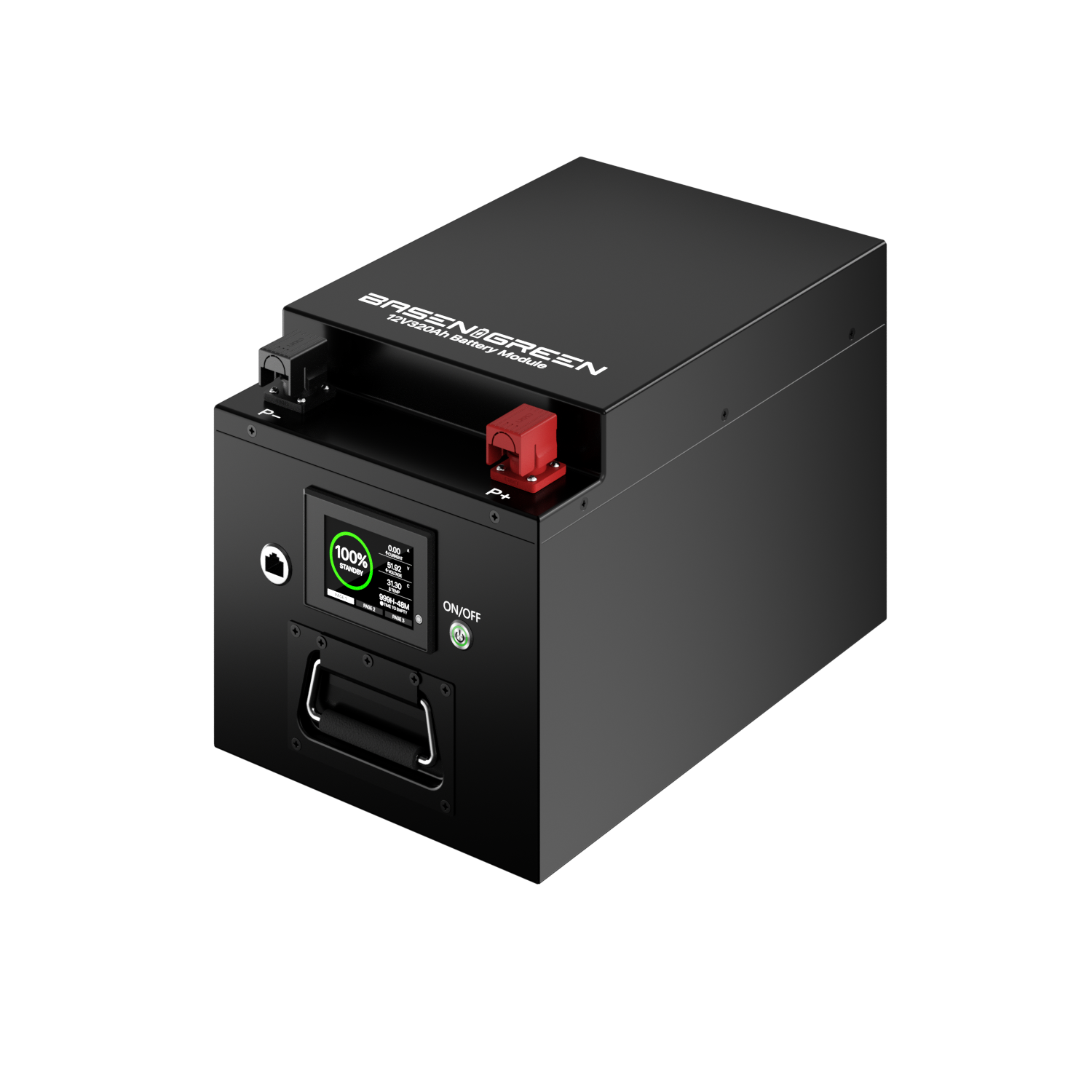
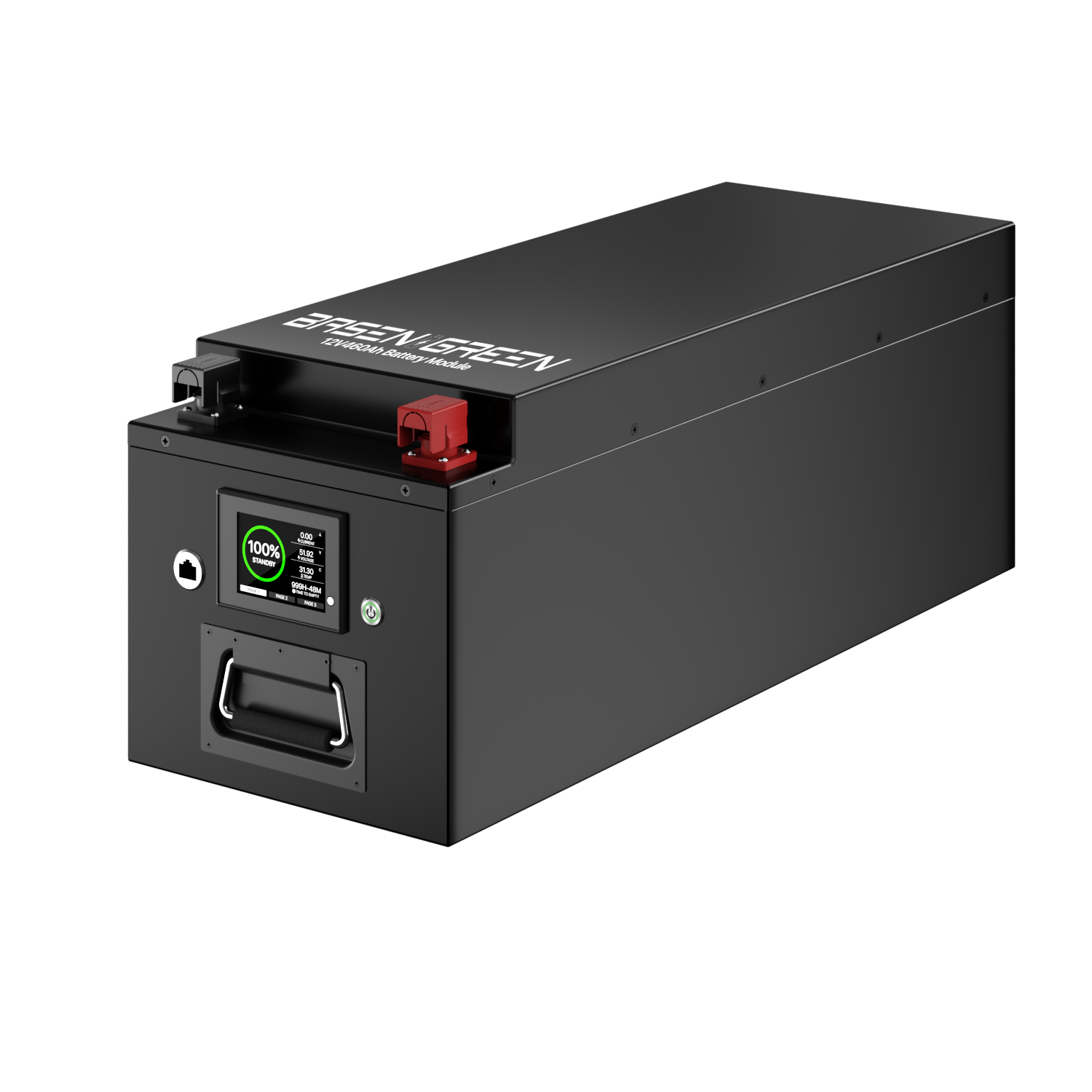
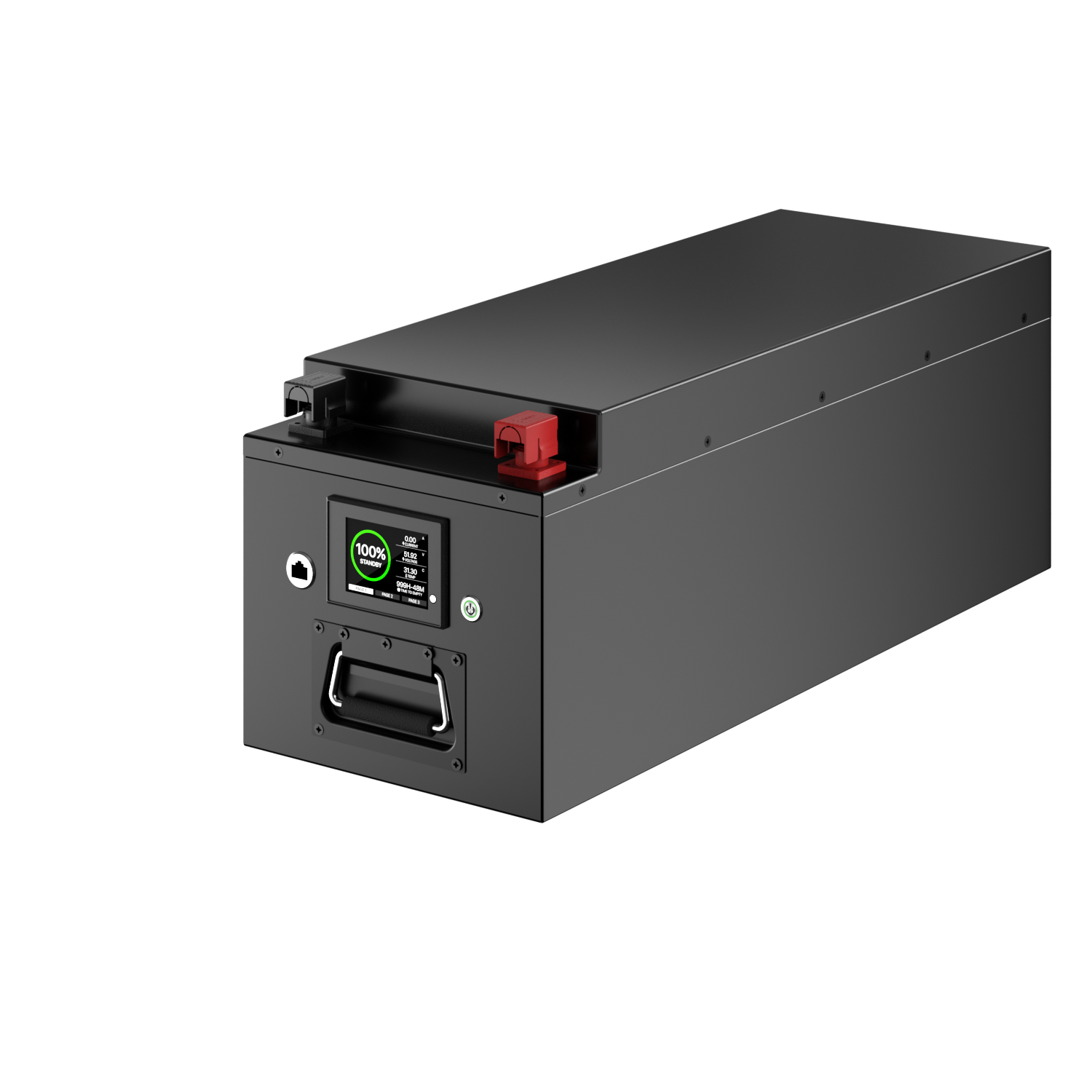


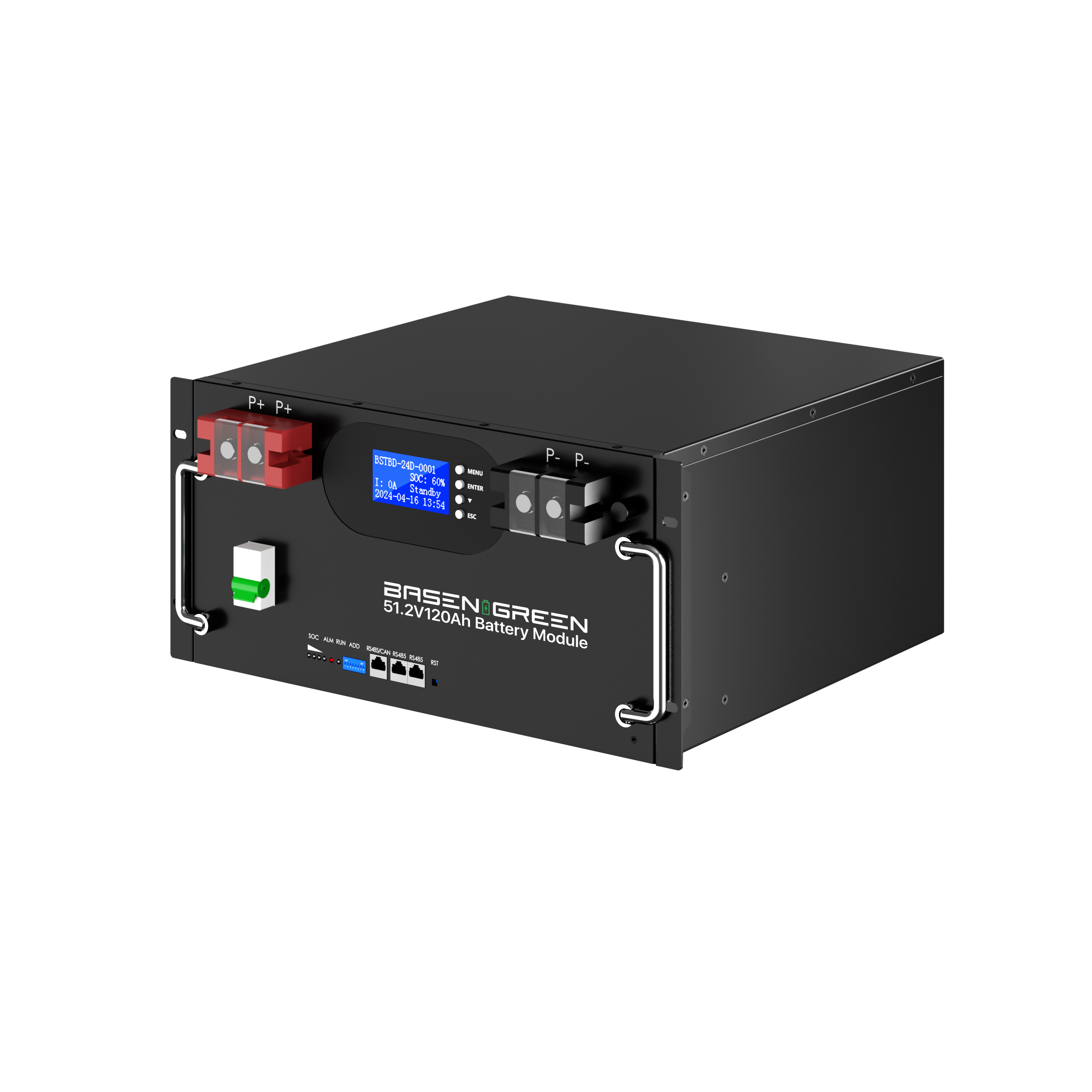

 Tel
Tel
 Email
Email
 Address
Address